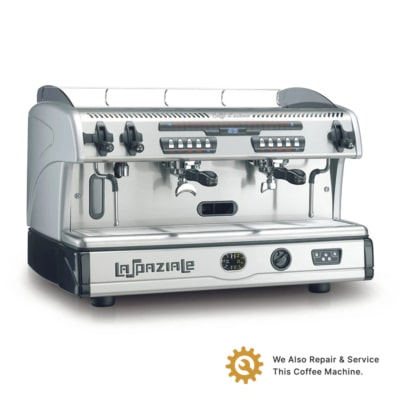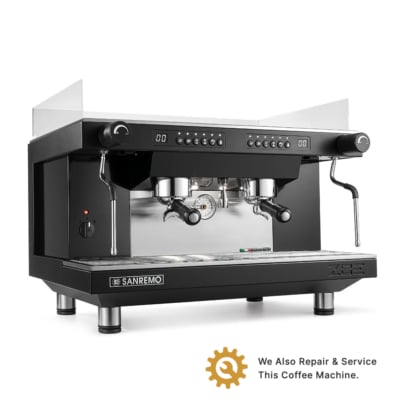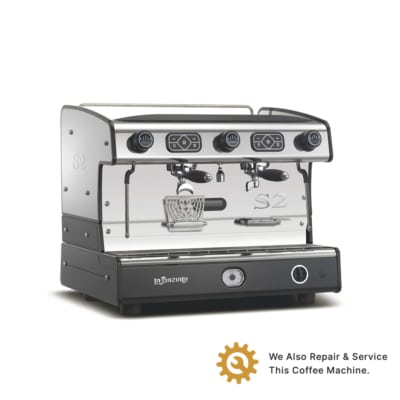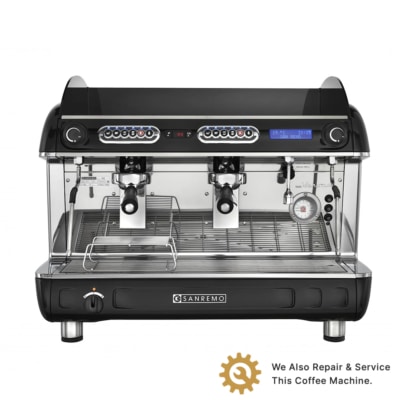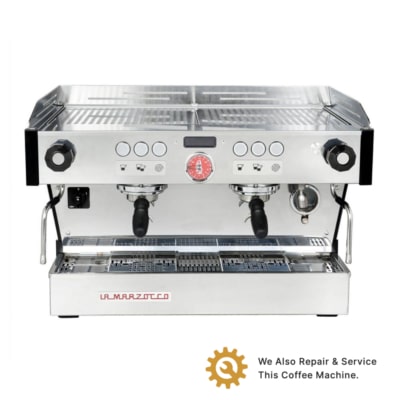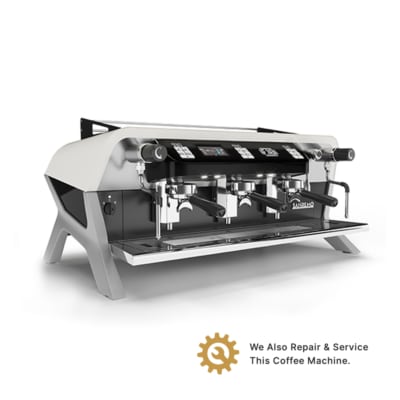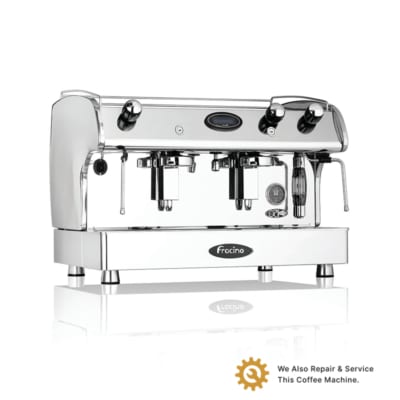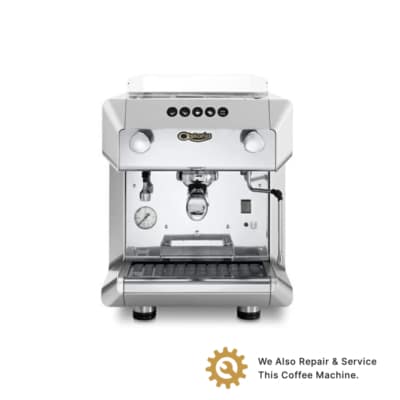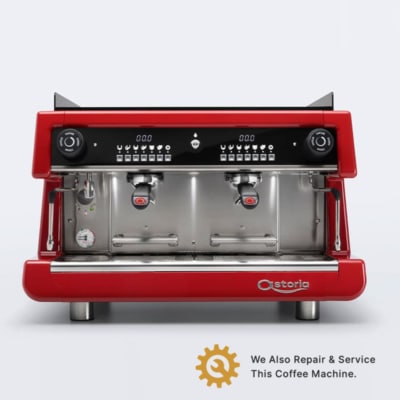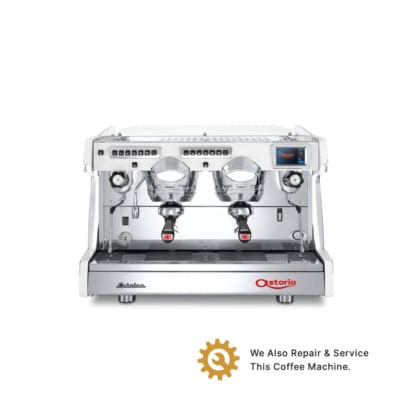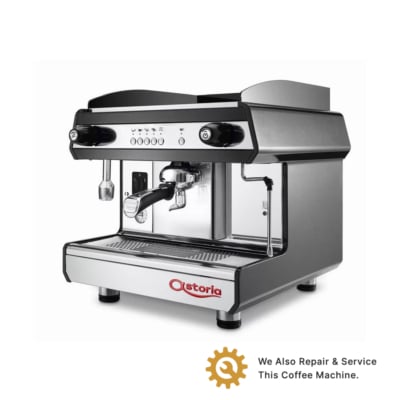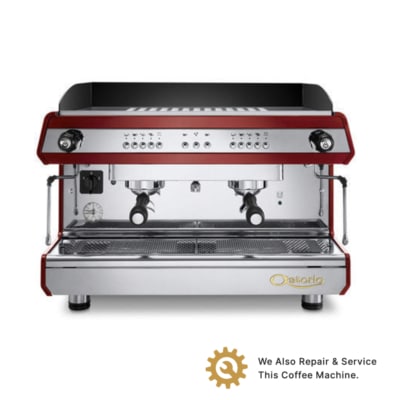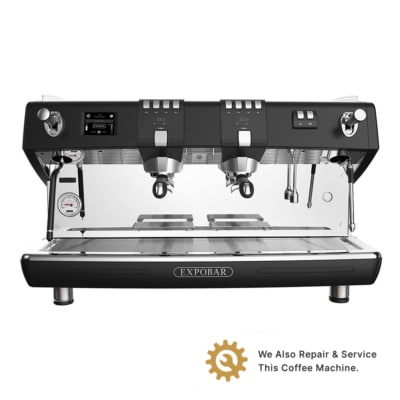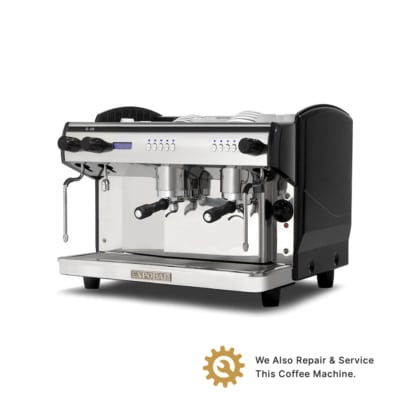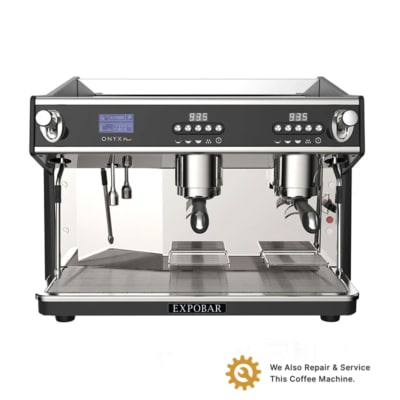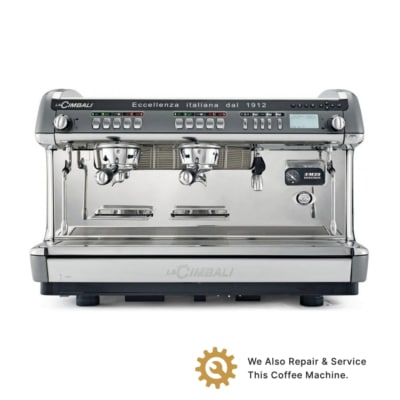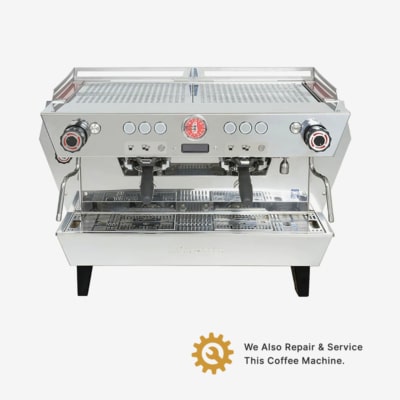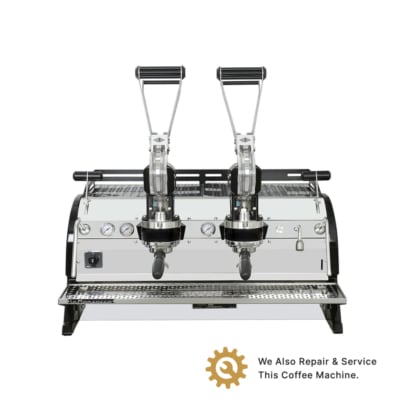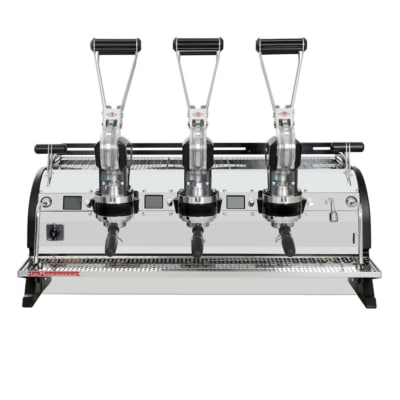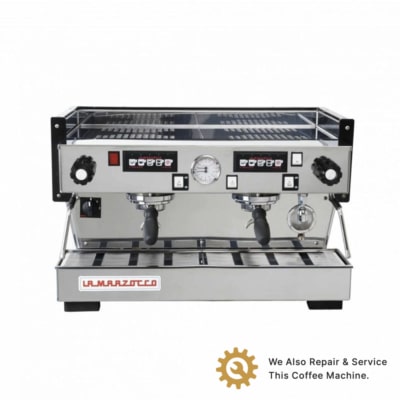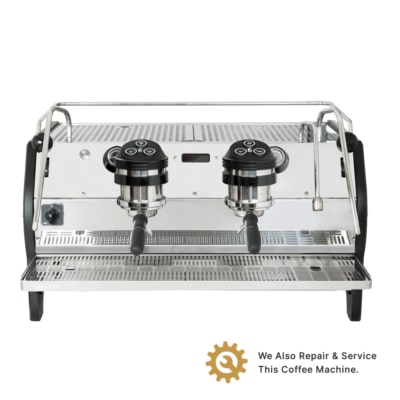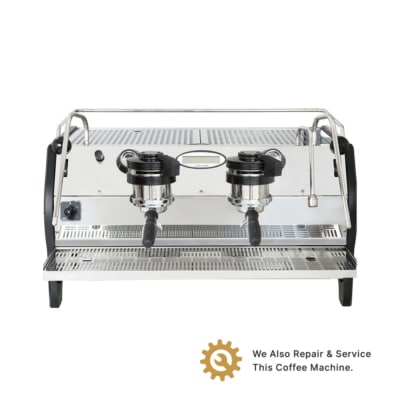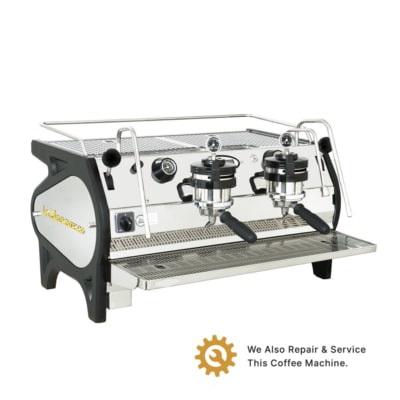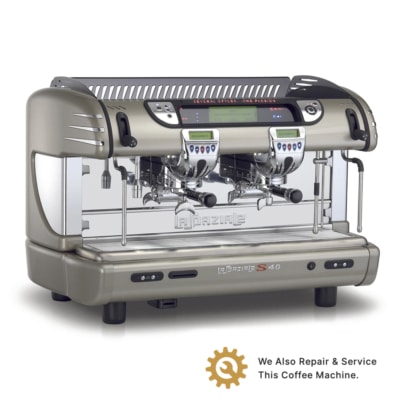Traditional Espresso Machines
Traditional Espresso Machines, or as they are sometimes referred as, Industrial Coffee Machines, are Commercial Coffee Machines that require the use of a barista to operate them. Traditional coffee machines tend to be used in coffee shops, bars and restaurants and can produce the best coffees available when used correctly. The theatre of making a coffee promotes coffee sales and helps generate an authentic coffee experience.
We offer the largest range of Traditional Espresso Machines for lease and outright purchase and offer a price match guarantee on our entire range. From choosing the right coffee machine right through to installation and aftercare, our experienced team of barista trained staff are on hand to help you find the perfect coffee machine.
Traditional coffee machines are identified by having handles (Group handles) coming off the front of the machine and one or two steam arms situated at the far left or right of the machine. They will be used in conjunction with a commercial coffee grinder which would be separate to the machine but positioned withing reach of the operator to the left or right of the machine.
When we look at just the commercial coffee machines in terms of types of machine, they broadly speaking come in around 3 types of set up when it comes to configuration.
Standard E61 group head
– the majority of the market (Expobar G10, Astoria Tanya)
Dual boiler
– one boiler for coffee and the other for hot water and steam (La Marzocco Linea, La Spaziale S40 Suprema)
Multi boiler
– a boiler for every group head allowing separate control of temperature and each dispensing group so you can configure temperatures for different coffees (Sanremo F18, Cimbali M100)
The main benefit that commercial coffee machine manufacturers are looking for in the above three technologies is to control the temperature at which the espresso is brewed. Temperature is the main factor in espresso production that causes errors in the extraction or put another way poor tasting espressos. What you will also find is that altering the temperature considerably affects the flavours of a particular coffee blend or single origin.
E61 – Traditional Coffee Machines
The E61 system essentially separates the water used for brewing coffee from the water used for hot water and steam. This water destined for brewing coffee is held in a small boiler known as a heat exchanger that is submersed in the water of the main boiler (the boiler that provides hot water and steam). The advantage of this system is that only one element is needed to heat both systems and that the water in the coffee sections will always be less in temperature than the water in the hot water/steam areas. The issue with this system is that although separate they are interdependent and when cold water comes in to refill the system both coffee water and hot water steam water drops in temperature. This is what we attempt to solve as we move up to dual boilers.
Dual Boiler – Traditional Coffee Machines
Dual boilers keep things clean, temperature wise by simply having a boiler for hot water and steam with its own temperature and element and another boiler for coffee brewing with its own element and temperature. Historically these machines used a lot more energy, but with the introduction of more modern systems like PID control this has largely been mitigated. The downside of this system is that it only allows one temperature for your coffee at any one time. You do not have the ability to separate the temperatures at each group head and hence offer a perfect temperature for two blends or origins of coffee.
Multi Boiler – Traditional Coffee Machines
Multi-boiler traditional coffee machines allow for all possibilities in terms of temperature. Each group is fed by its own boiler where the temperature can be dictated to, in some cases like the Sanremo Racer +/- 0.25 degrees centigrade! With a system like this you can offer Guatemalan coffee at 92.25 degrees centigrade on one side and maybe Columbian San Augustin at the other side at 90.5 degrees centigrade. Thus every coffee is produced at the optimum temperature and will therefore taste its best. These systems again have been vastly improved in terms of technology so that many PID machines like the La Spaziale S50 use less electricity than most single boiler E61 traditional coffee machines.
With commercial coffee machines being all about consistency and reliability over large capacities if you have 5% of your coffee coming out with a poor taste this can have a huge effect on your repeat business. With a coffee yielding in many cases 95%+ gross profit per cup it is important to get the right machine. One of our friendly team can help guide your through the selections and give you a quote on a selection of machines that are suitable, why not talk to us today?


